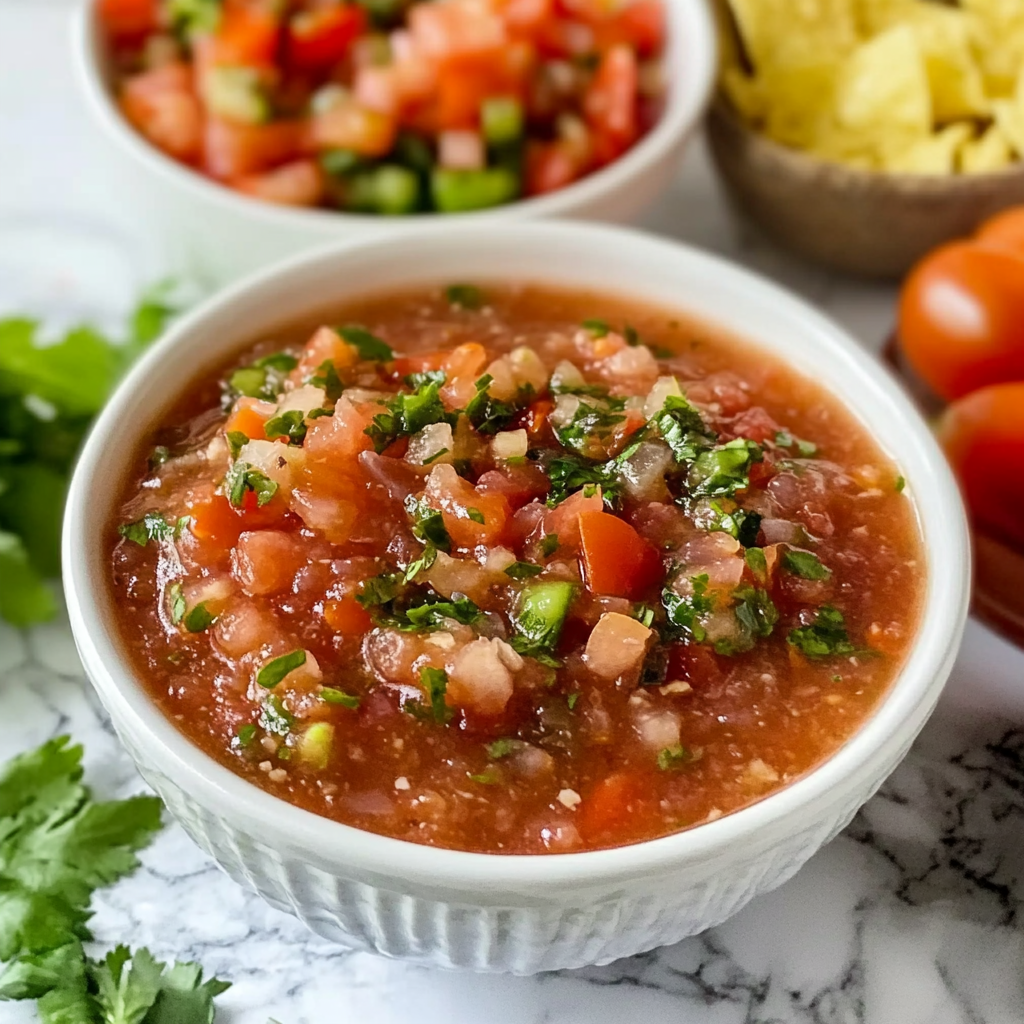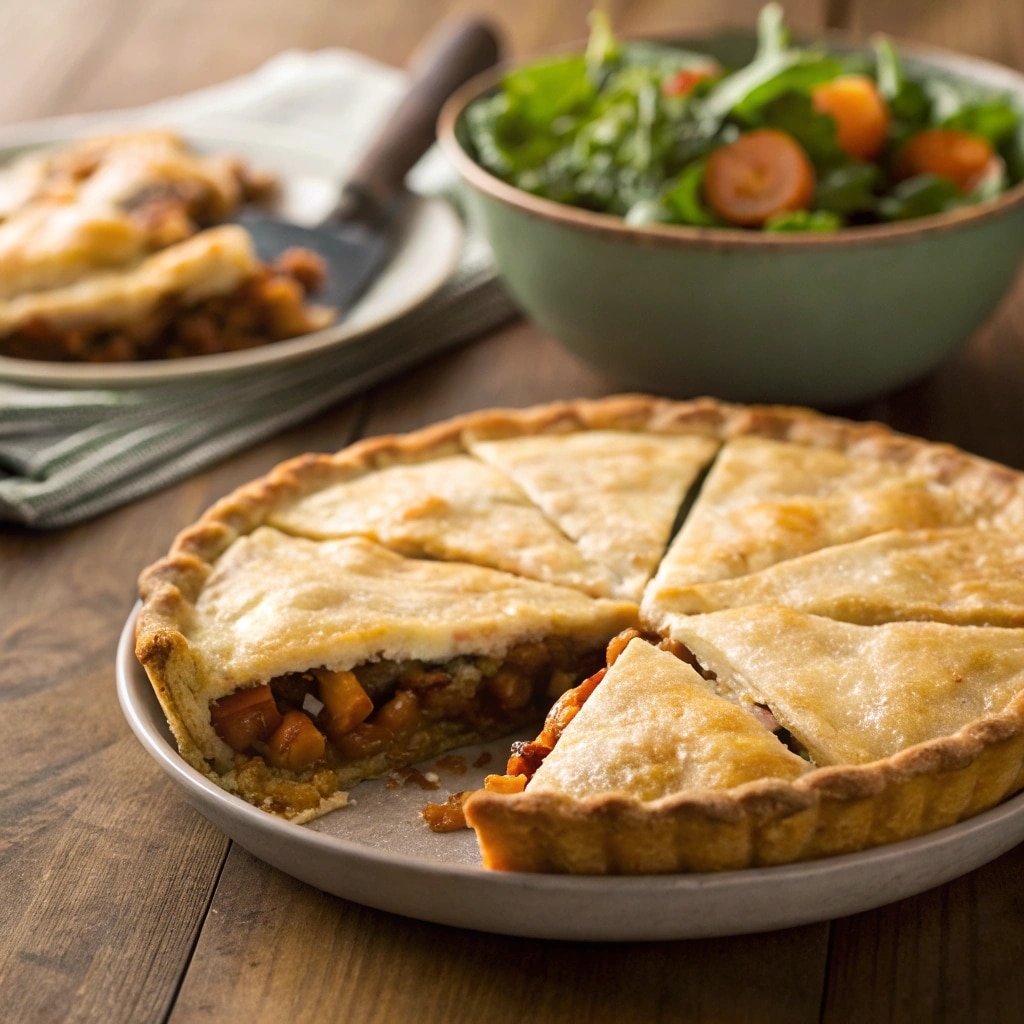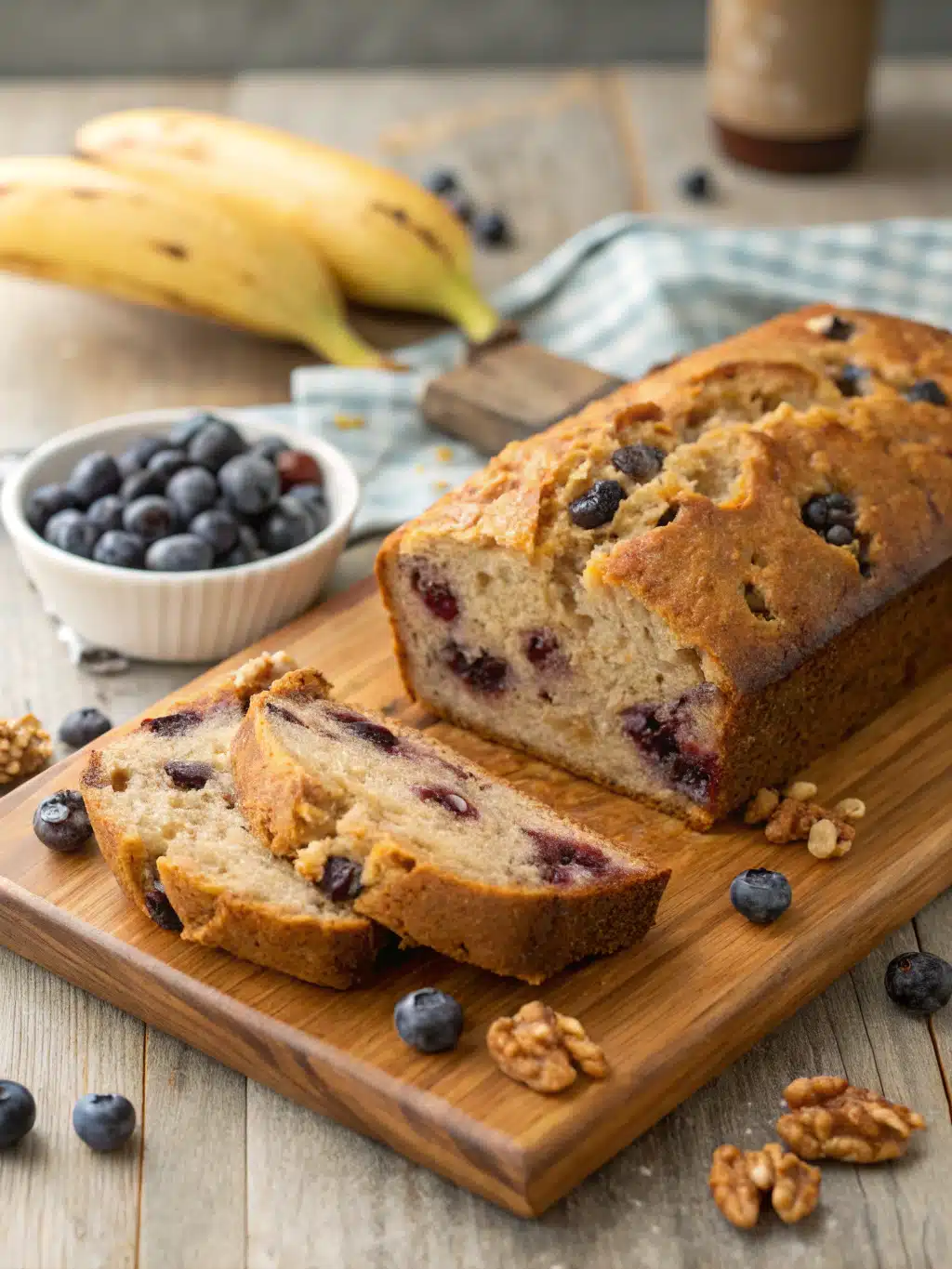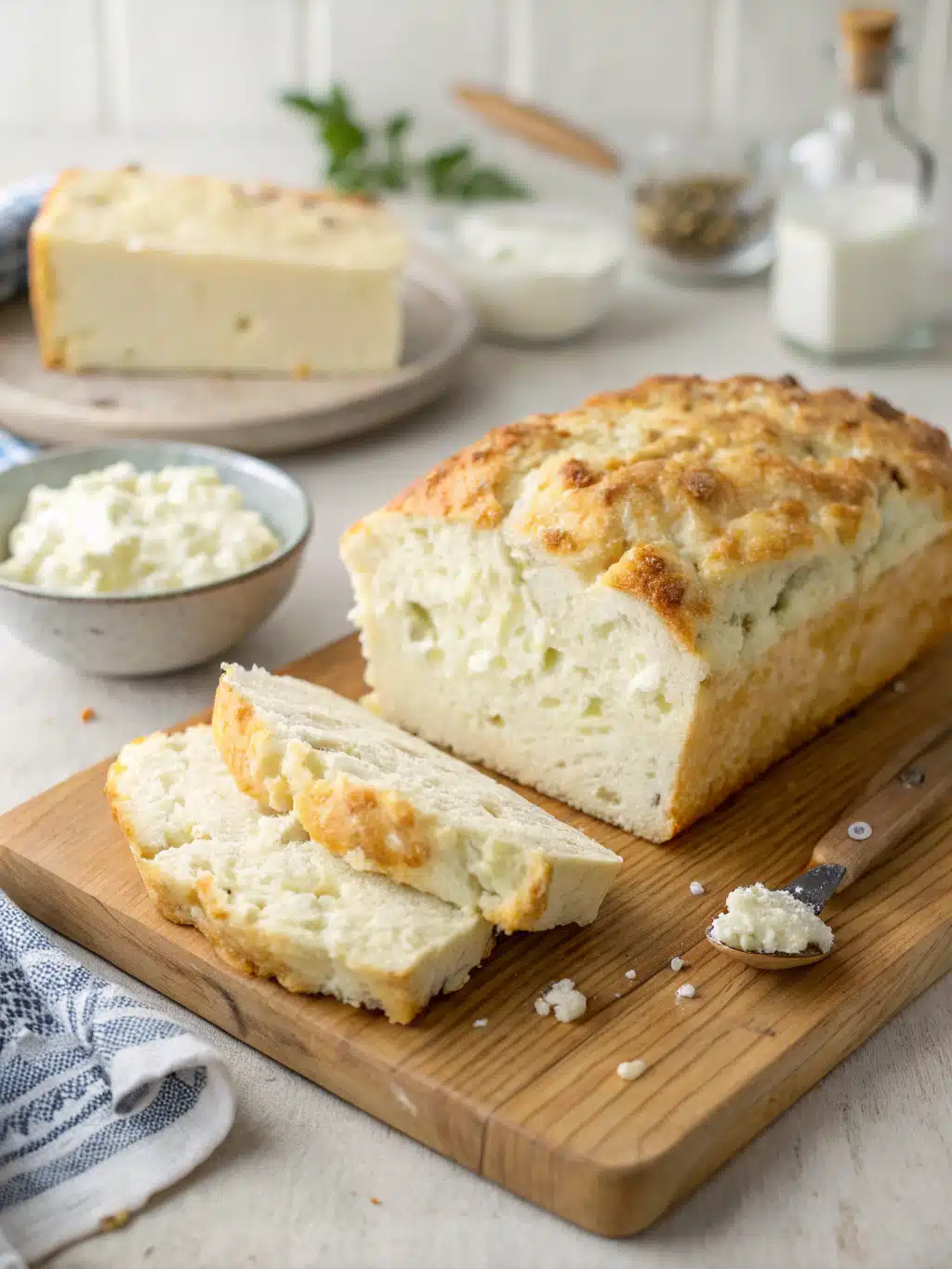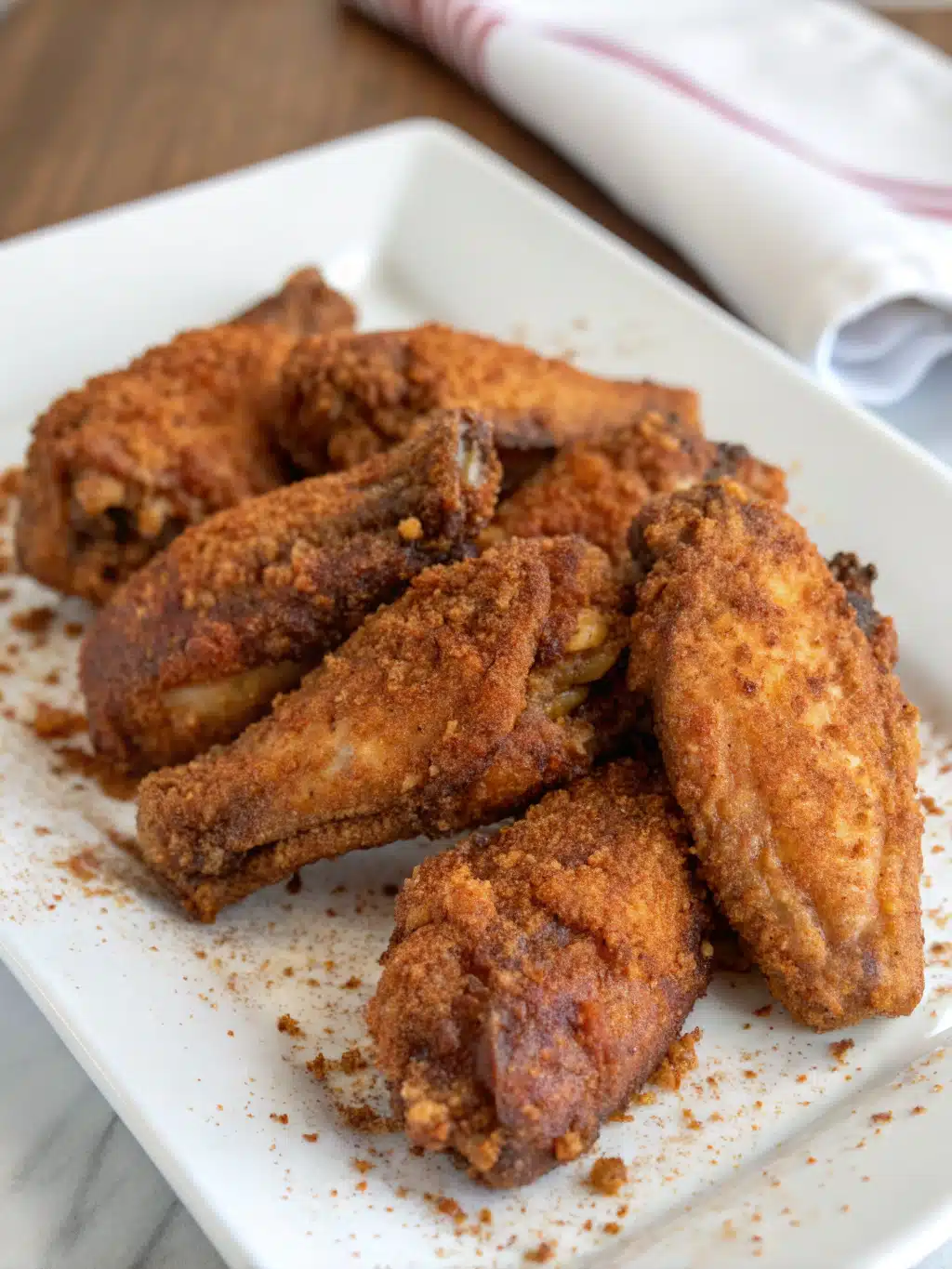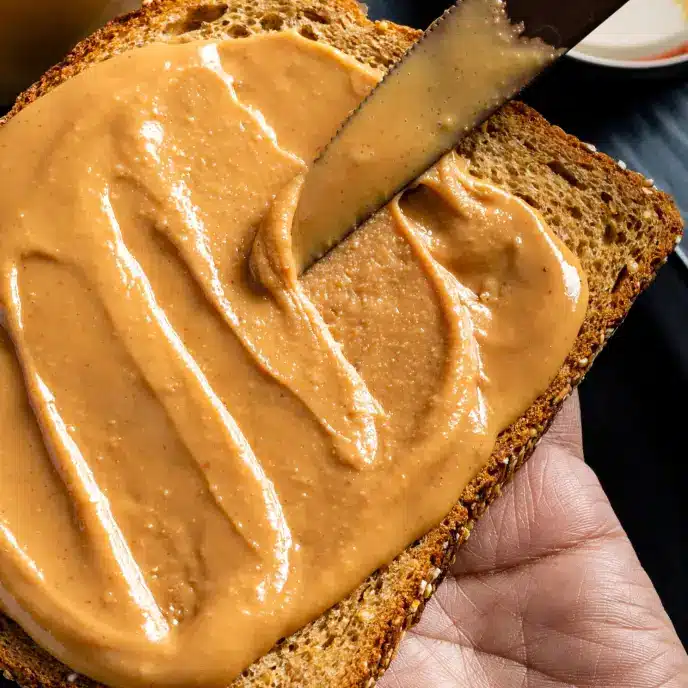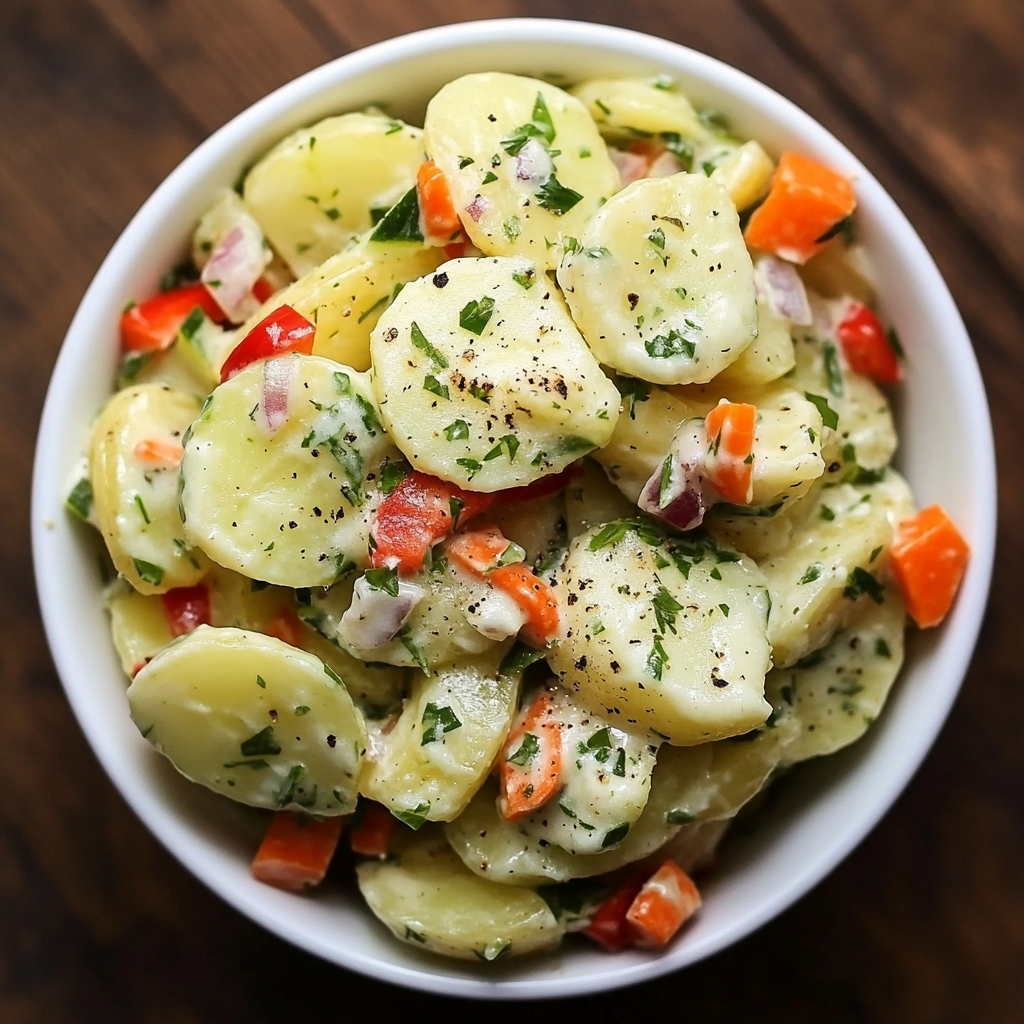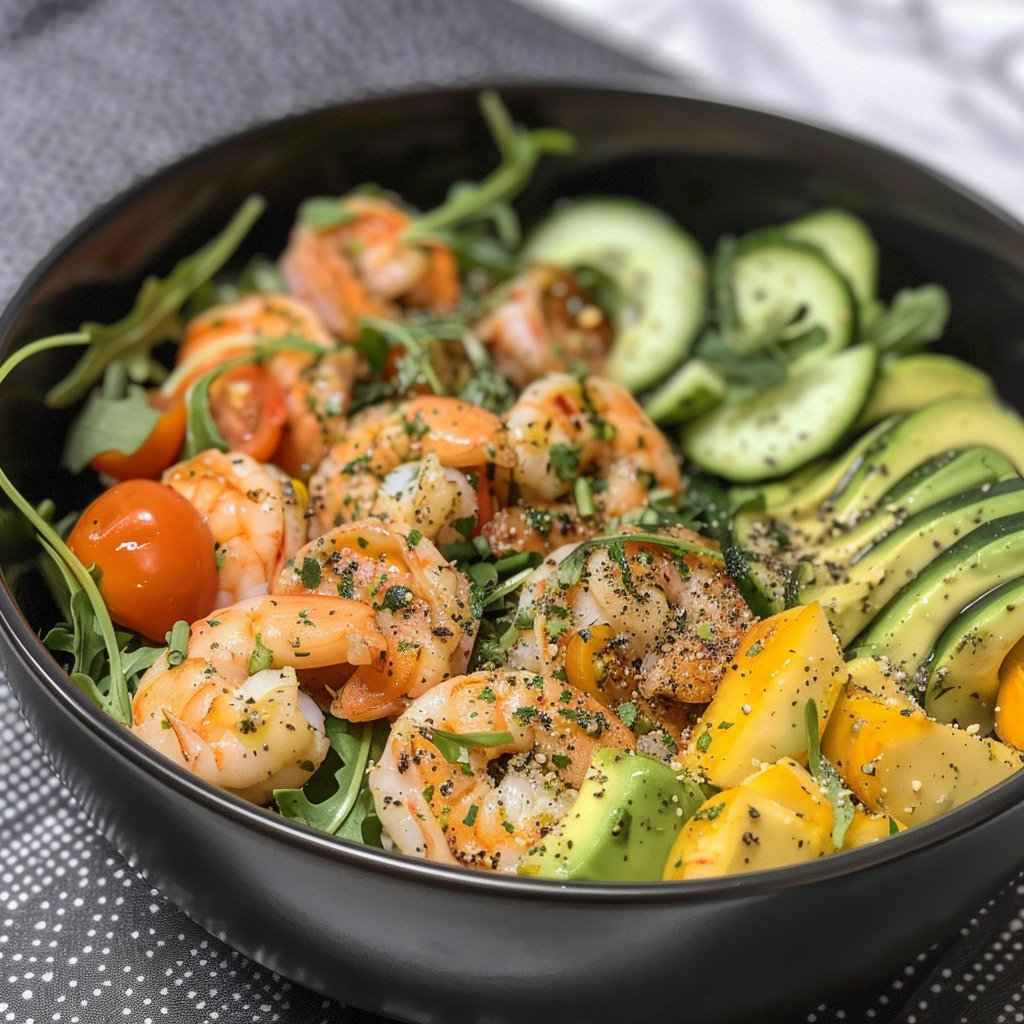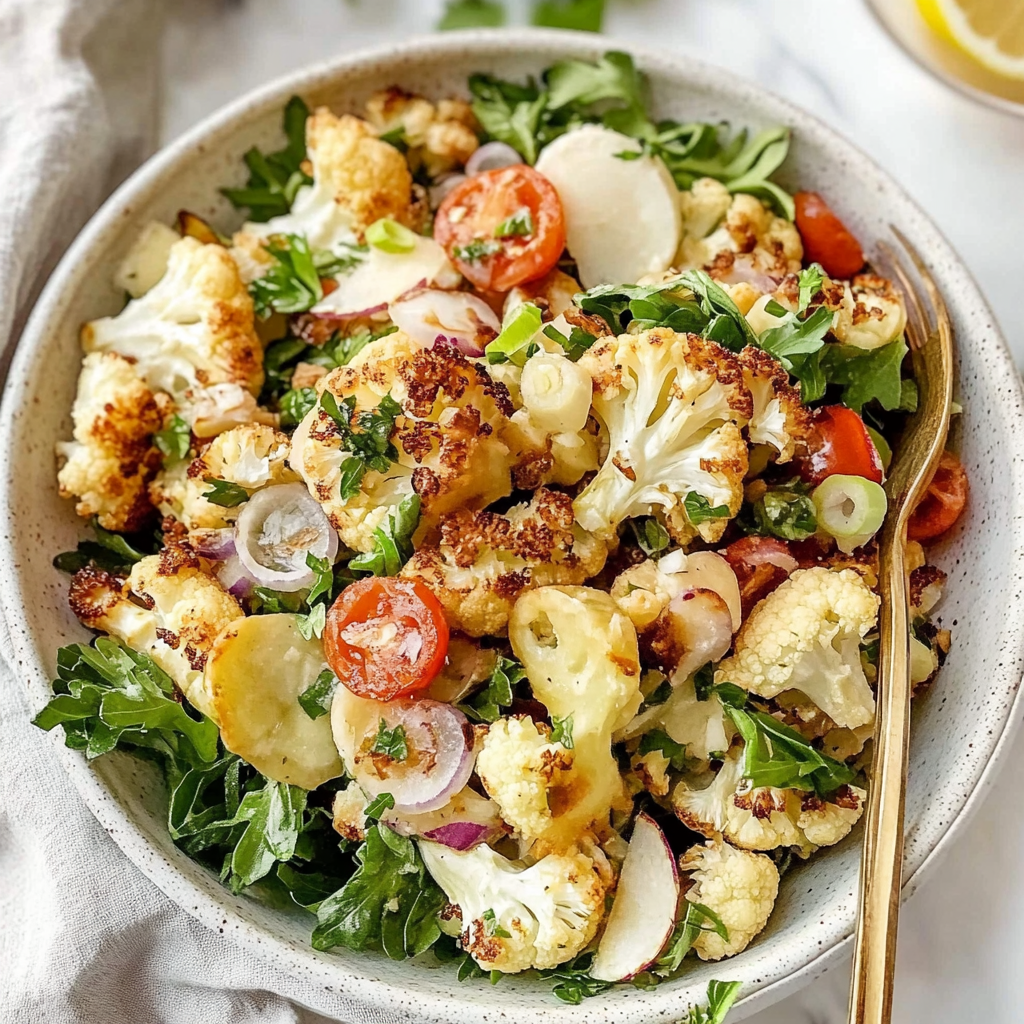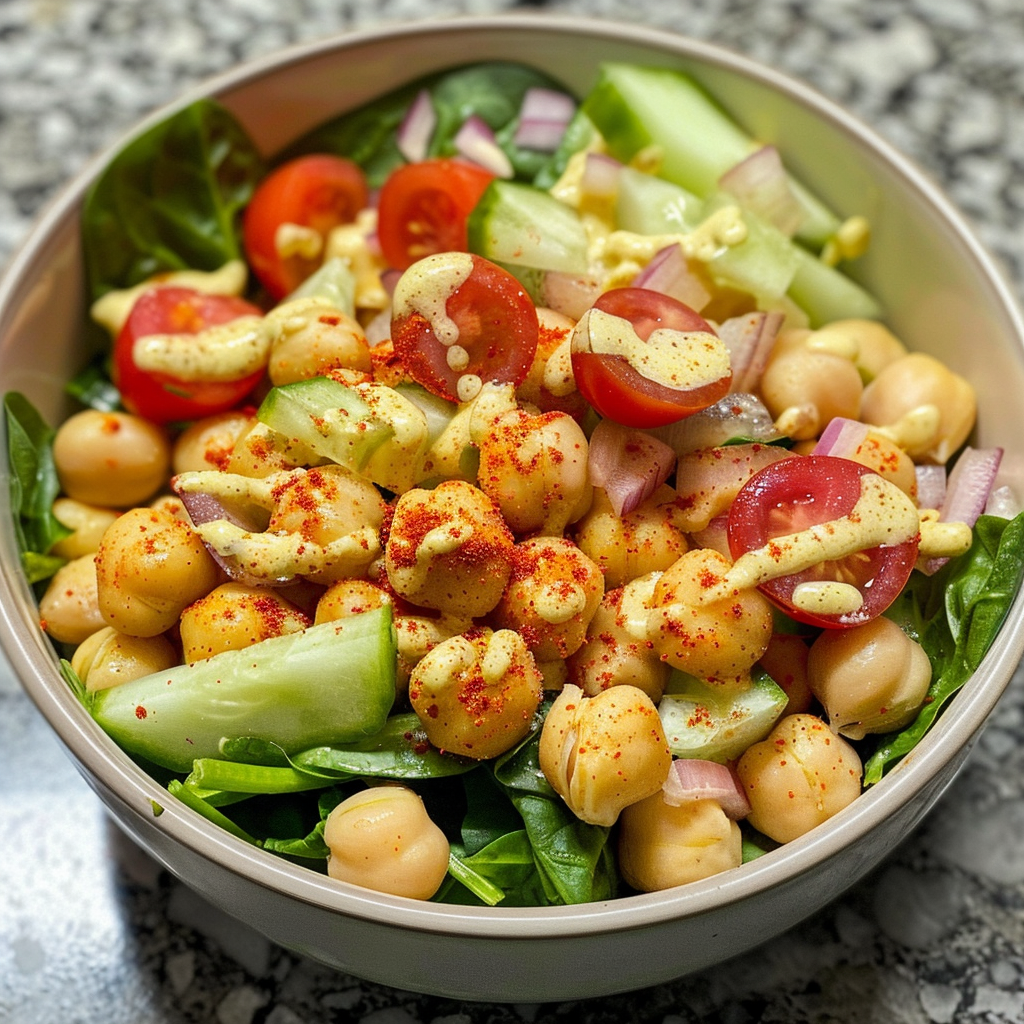Sharing is caring!
Homemade Salsa Recipe
Why You’ll Love Homemade Salsa?
There’s nothing quite like the vibrant, fresh flavors of homemade salsa. Whether you’re hosting a party, prepping for game day, or just craving a zesty snack, this quick and easy dip is a crowd-pleaser. Unlike store-bought versions, making salsa at home lets you control the ingredients, ensuring a perfect balance of tangy, spicy, and sweet. Plus, it pairs beautifully with everything from crunchy tortilla chips to grilled meats—or even as a topping for a refreshing watermelon feta salad for a summer twist.
Table of Contents
- Ingredients to make homemade salsa?
- Time needed to make homemade salsa?
- Quick Steps to Make Homemade Salsa?
- Is homemade salsa healthy and nutritious ?
- Can I make homemade salsa healthier and still delicious?
- How to Serve Homemade Salsa?
- Avoid These Mistakes
- The best way to store leftover homemade salsa
- Ready to give homemade salsa a try?
- Frequently Asked Questions
Ingredients to make homemade salsa?
- 4 large ripe tomatoes, diced
- 1 small red onion, finely chopped
- 2 jalapeños, seeded and minced (adjust for spice preference)
- ½ cup fresh cilantro, chopped
- 3 cloves garlic, minced
- Juice of 2 limes
- 1 tsp salt (or to taste)
- ½ tsp ground cumin (optional for depth)
Optional Add-ins: 1 diced avocado, 1 cup corn kernels (grilled for smokiness), or 1 mango for sweetness.
Time needed to make homemade salsa?
Making homemade salsa is incredibly quick and easy. Here’s the breakdown:
- Prep time: 10 minutes
- Cook time: 0 minutes (no cooking required!)
- Total time: 10 minutes
This speedy recipe means you can whip up a fresh batch whenever you need it. For more quick recipes, check out our watermelon feta salad that’s equally fast to prepare.
Quick Steps to Make Homemade Salsa?
Step 1: Gather and Prep Your Ingredients
Wash all fresh produce thoroughly. Dice the tomatoes, onions, and jalapeños finely for even texture. Mince the garlic and chop the cilantro. Having everything prepped makes blending smoother.
Step 2: Combine Ingredients in a Blender or Food Processor
Add the diced tomatoes, onions, jalapeños, garlic, cilantro, lime juice, and salt to your blender. Pulse a few times for a chunky texture or blend longer for a smoother consistency.
Step 3: Adjust Seasoning to Taste
After blending, taste your homemade salsa. Add more lime juice for acidity, salt for balance, or jalapeños for extra heat. For a smoky twist, try roasted tomatoes or a pinch of cumin.
Step 4: Let It Rest for Enhanced Flavor
Transfer the salsa to a bowl and refrigerate for at least 30 minutes. This allows the flavors to meld together, making your homemade salsa even more delicious.
Step 5: Serve and Enjoy!
Pair your homemade salsa with tortilla chips, tacos, or grilled meats. For a creative twist, use it as a topping for scrambled eggs or baked potatoes.
Is homemade salsa healthy and nutritious ?
Homemade salsa is not only delicious but also packed with nutrients, making it a guilt-free addition to your meals. Fresh ingredients like tomatoes, onions, cilantro, and lime juice provide vitamins, antioxidants, and fiber. A typical serving contains just 20-30 calories, making it a great low-calorie snack or topping. For a deeper dive into nutrient-rich salads, check out our kale quinoa salad or detox spinach salad.
Tomatoes, the base of most homemade salsa, are rich in lycopene, a powerful antioxidant linked to heart health. Onions and garlic add immune-boosting properties, while lime juice provides vitamin C. If you’re exploring other healthy dips, spicy split pea soup offers a protein-packed alternative, while hearty beef stew provides a warming, nutrient-dense option.
Can I make homemade salsa healthier and still delicious?
Absolutely! You can easily tweak your homemade salsa to make it even healthier without sacrificing flavor. Here are some smart swaps and tips to boost nutrition while keeping that fresh, vibrant taste you love.
1. Reduce Sodium
Instead of regular table salt, try using Himalayan pink salt or sea salt in smaller quantities. You can also enhance flavor with lime juice, garlic, or cilantro to compensate for less salt.
2. Boost Veggies
Add extra nutrient-dense ingredients like diced bell peppers, cucumber, or even roasted cauliflower (similar to our roasted cauliflower salad) for more fiber and vitamins.
3. Cut Sugar Naturally
If your recipe calls for sugar, try using a touch of raw honey or omit it entirely – ripe tomatoes already have natural sweetness. For more sugar-free inspiration, check out these naturally sweetened dessert ideas.
4. Add Superfoods
Mix in chia seeds or hemp hearts for omega-3s, or try adding some quinoa (like in our kale quinoa salad) for extra protein. These small additions make a big nutritional impact.
5. Control Spice Levels
Instead of loading up on store-bought hot sauces that may contain preservatives, use fresh jalapeños or serrano peppers. For those who love heat but want digestive benefits, this spicy split pea soup offers great inspiration for balancing spice and nutrition.
Remember, the beauty of homemade salsa is its flexibility. Start with these healthier tweaks, then adjust to your taste preferences while keeping it nutritious!
How to Serve Homemade Salsa?
Homemade salsa is incredibly versatile and pairs well with so many dishes! Here are some delicious ways to enjoy it:
- With tortilla chips – The classic way! Try it with our roasted sweet potato salad for a balanced snack.
- On tacos or nachos – Elevate your taco night with this fresh topping. Check out these slow cooker beef stew tacos for inspiration.
- With grilled meats – The acidity cuts through rich flavors beautifully. Pair it with our chicken cauliflower fried rice for a complete meal.
- As a salad dressing – Thin it with lime juice for a zesty dressing over this spicy split pea soup salad.
For drinks, pair your homemade salsa with a crisp Mexican lager or a refreshing blueberry mocktail to balance the heat. Garnish with extra cilantro leaves and a lime wedge for presentation!
Avoid These Mistakes
Making homemade salsa seems simple, but small errors can affect flavor and texture. Here are common pitfalls and how to avoid them:
Using Canned Tomatoes
Fresh tomatoes give homemade salsa its vibrant taste. Canned versions often lack brightness and can make your dip watery. If you must use canned, opt for fire-roasted varieties for depth.
Overprocessing Ingredients
Pulsing ingredients too long in a food processor turns salsa into soup. For perfect texture, check out our guide on chopping vegetables evenly and pulse just 3-4 times.
Skipping the Acid Balance
Lime juice does more than add tang – it prevents browning. For proper acidity, use fresh citrus rather than bottled juice. This citrus handling guide shows proper juicing techniques.
Underseasoning
Salsa needs bold seasoning to shine. Taste and adjust salt in stages – the flavors develop over time. Our seasoning tips apply perfectly to salsa making too.
Rushing the Rest Time
Letting salsa sit 30 minutes before serving allows flavors to marry. For best results, follow this flavor development timeline from professional chefs.
The best way to store leftover homemade salsa
Fresh homemade salsa tastes best within 3–4 days when stored properly. Transfer it to an airtight container and refrigerate immediately. For longer storage, freeze it in portions—thaw overnight in the fridge before serving. Avoid leaving salsa at room temperature for more than 2 hours to prevent spoilage. If you love meal prepping, pair it with our chicken cauliflower fried rice for a quick lunch combo. For more preservation tips, check out The Stay at Home Chef’s guide to airtight storage. Want to use leftovers creatively? Blend them into a spicy dressing for our detox spinach salad, or explore Cooked by Julie’s ideas for repurzing dips.
Ready to give homemade salsa a try?
Now that you’ve learned how simple and flavorful homemade salsa can be, why not whip up a batch today? Whether you’re hosting a party, meal prepping, or just craving a fresh snack, this versatile dip is a crowd-pleaser. Pair it with your favorite tortilla chips, use it as a topping for tacos, or even mix it into a vibrant roasted cauliflower salad for extra zest. For more quick and healthy recipes, check out our roasted sweet potato salad or classic Greek salad. Don’t forget to explore our detox spinach salad and watermelon feta salad for more fresh, seasonal ideas. Happy dipping!
Frequently Asked Questions
How long does homemade salsa last in the fridge?
Fresh homemade salsa stays fresh for up to 5 days when stored in an airtight container in the refrigerator. For best flavor, consume within 3 days.
Can I use canned tomatoes instead of fresh for homemade salsa?
Yes! Canned tomatoes work well, especially when fresh tomatoes aren’t in season. Opt for fire-roasted canned tomatoes for extra depth of flavor.
How can I make my homemade salsa less watery?
Drain excess liquid from chopped tomatoes before mixing, or add a tablespoon of tomato paste to thicken. Letting it sit for 30 minutes helps too.
Is homemade salsa spicy?
You control the heat! Start with a little jalapeño (remove seeds for mild heat), then adjust to taste. For extra spice, add serrano peppers or a pinch of cayenne.
Can I freeze homemade salsa?
While possible, freezing changes the texture of fresh vegetables. For best results, enjoy fresh or refrigerated. If freezing, use within 2 months.

